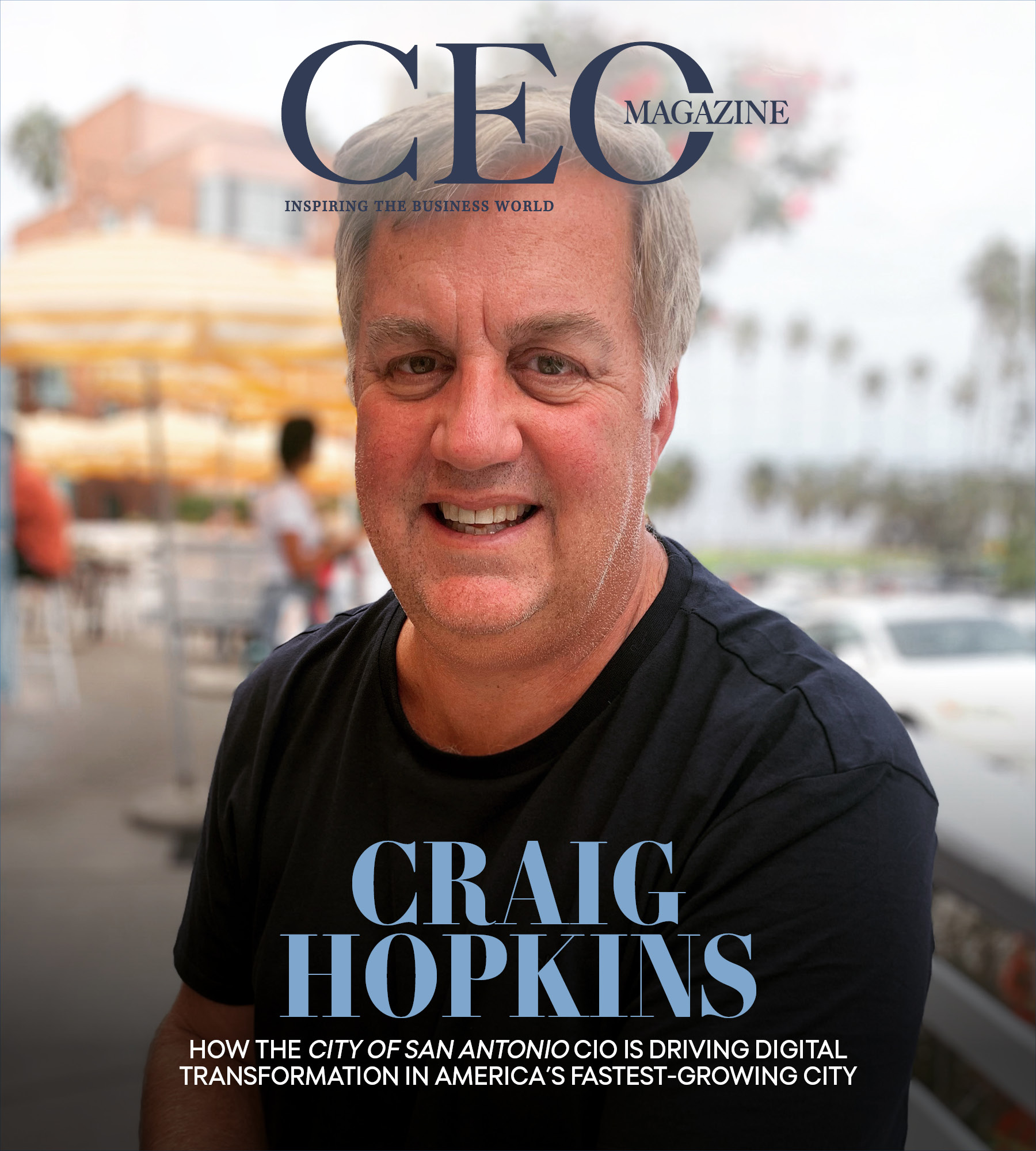Language
You can read the magazine in one of the following languages
When a friend approached Craig Hopkins about the CIO role with the City of San Antonio in Texas, he didn’t miss a beat with his response: “Who would ever want to work for local government?”
“If you’ve never worked in local government, you have all these biases about it,” Hopkins tells The CEO Magazine. “They’re unmotivated, they’re underpaid. I had the same biases.”
Hopkins expressed his hesitation, particularly emphasizing the fact that he’d never been a CIO.
“I’m not a traditional vertical IT guy, I don’t have deep technical skills. I’ve always had general leadership skills and led business functions,” he explains.


Yet his friend persisted and Hopkins agreed to meet with the recruiting team. When he heard the role they were describing, his interest was more than piqued.
“They previously had a technical-driven CTO running the department, but they were looking for a broad range of business and leadership skills to run horizontally, and oversee strategy and integration and those types of functions,” he explains.
“I’ve always been more of a generalist, not a vertical domain specialist and I’ve loved that because what I like to do is build teams and solve problems.”
Four weeks later, he had started in the role. “Suddenly I became a CIO in local government and I didn’t really know what that was,” he says with a laugh. “It was not in my career path.”
If there has been a common thread running across Hopkins’ career path, however, it is that the road has often taken unexpected turns – ever since the day his father introduced him to a friend who was in the United States Coast Guard Reserves in his home state of Massachusetts.
“It was a role that set the basis of my leadership journey,” he explains. “I learned a lot about core values, character, teamwork, mission and purpose.”
After four years with the United States Coast Guard, and a variety of positions, including Federal Law Enforcement Officer, Machinery Technician, Small Boat Coxswain and Emergency Medical Technician, Hopkins decided to swap the military for civilian life.
He returned to a military life two years later, when his occupational therapist wife joined the United States Navy, with her first assignment sending the family to Japan.
“I followed her for 11 years as a dependent husband, picking up a variety of engineering jobs as we moved every three years,” he says.
Her last duty station was San Antonio in Texas, where Hopkins’ background made him a perfect fit with USAA, the financial services for the military and their families.
“It was such a big, integrated company, I felt like I had five different careers in 20 years without having to move companies or locations,” he adds. “I thought I was done.”


After starting in IT, he moved into several enterprise business functions, before becoming Chief Digital Officer and then Chief Strategy Officer. As he approached his twenty year anniversary in 2017, Hopkins left USAA and was on the verge of retirement.
But one further twist awaited him, and that was the City of San Antonio.
San Antonio, the seventh largest municipal corporation in the United States, employs over 13,000 staff with a budget of US$3.7 billion and assets worth US$33 billion.
As CIO, Hopkins oversees IT operations, security, applications, infrastructure and project management across 40-plus departments and 500-plus facilities, managing 340-plus employees with a US$90 million operating and US$250 million capital budget. Additional responsibilities include customer experience, smart cities strategy, technology innovation and workforce leadership development.
He’s now been in the role for seven years, but it only took him a few short weeks to learn that every bias he had about local government was absolutely wrong.
“I met dedicated mission-driven, purpose-driven employees who really wanted to be there,” he explains. “They were choosing to be in government because it was their city. They could see the purpose and believed in the mission.”
While there’s no denying that salaries are lower compared to industry, civil servants are aware of the value of the work they do. “And they have incredible dedication to not only the residents but to their teammates,” he says.
“I saw all that in the first few weeks and it got me super excited to be there.”


What was needed, however, was executive cover. “Considering the bureaucracy of local government and the nature of what it is, they needed someone who could come in and say: ‘Don’t worry about the funding, don’t worry about the politics, we’ll figure it out. What’s the right thing to do? What do we need to do for our employees and residents and just help them move forward with their ideas?’”
To answer that question, he spent the first six months in the job getting to know the team, his customers and trying to help them and be supportive. “They already knew what to do, but I just needed to break down the road blocks and give them the support so they could do it,” he says.
He had originally set himself a target of three years in the role. But then the COVID-19 pandemic swept across the globe and his plans were waylaid. “You can’t walk away during a global pandemic.”
The intense, two-and-a-half-year period of high tempo operations not only built what Hopkins describes as a better and more resilient city, but it also injected him with a renewed energy and enthusiasm for the role.
“I’m not ready to leave, I’m enjoying it way too much,” he enthuses. “I’m enjoying working with people who are constantly solving problems and making the place better.”
In broad strokes, ‘making the place better’ currently translates to a redefinition of the role of the CIO in local government.
“It has a variety of other duties that are not traditional information technology roles, like data, AI and emerging technology,” Hopkins says.
“We also have the UX customer experience team. We have a full security team, which is not just cyber, but physical security and data security. We are bringing these broad enterprise roles together with the IT team and other enterprise departments and then we build the strategy out together to make our residents’ lives better as we go forward.”
As one of the fastest growing cities in the United States, the City of San Antonio is committed to making the lives of its ever increasing number of residents better. In the 12 months between July 2022 and July 2023, the population grew by 22,000 people to nearly 1.5 million, the largest numeric growth recorded across the country.
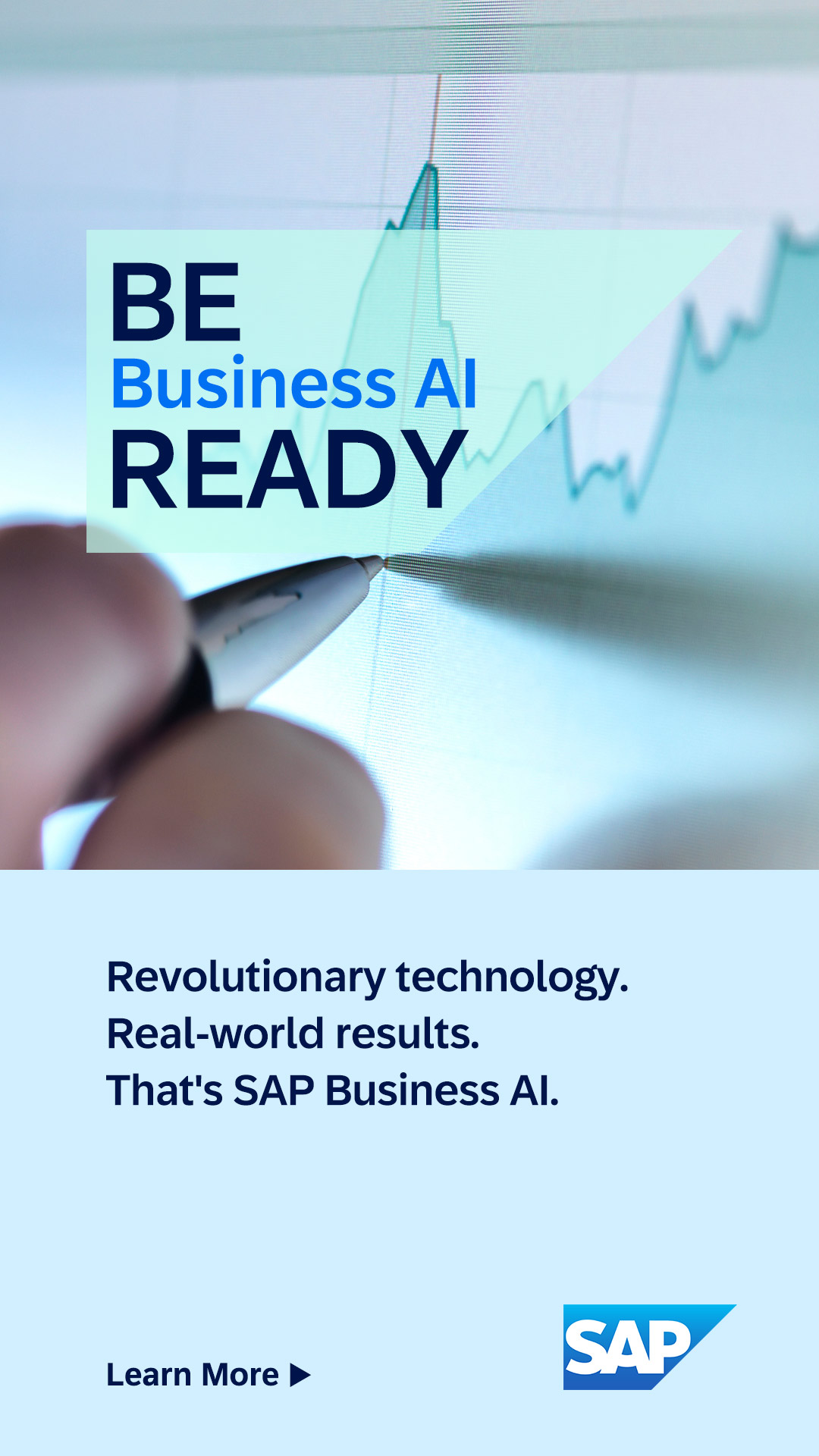
It’s a growth spurt that is showing no signs of slowing as people make the move to San Antonio for strong career and job opportunities, a lower cost of living than the national average, an excellent education system and a warm climate.
“We’re a constantly growing city,” he confirms.
Hopkins explains that, in his role, growth has two needs: to support the growth of the city’s operations and to develop an employee-focused backend. “In IT, we need to support our employees and our departments so they can support the growth,” he says.
And as every CIO knows, he explains, the way to do that is through scale and automation.
“The only way you can grow your operations is by finding those areas where your people, your process and your policy slow you down,” he says. “In government, there are plenty of those places because we’ve been underinvested in a lot of them.”
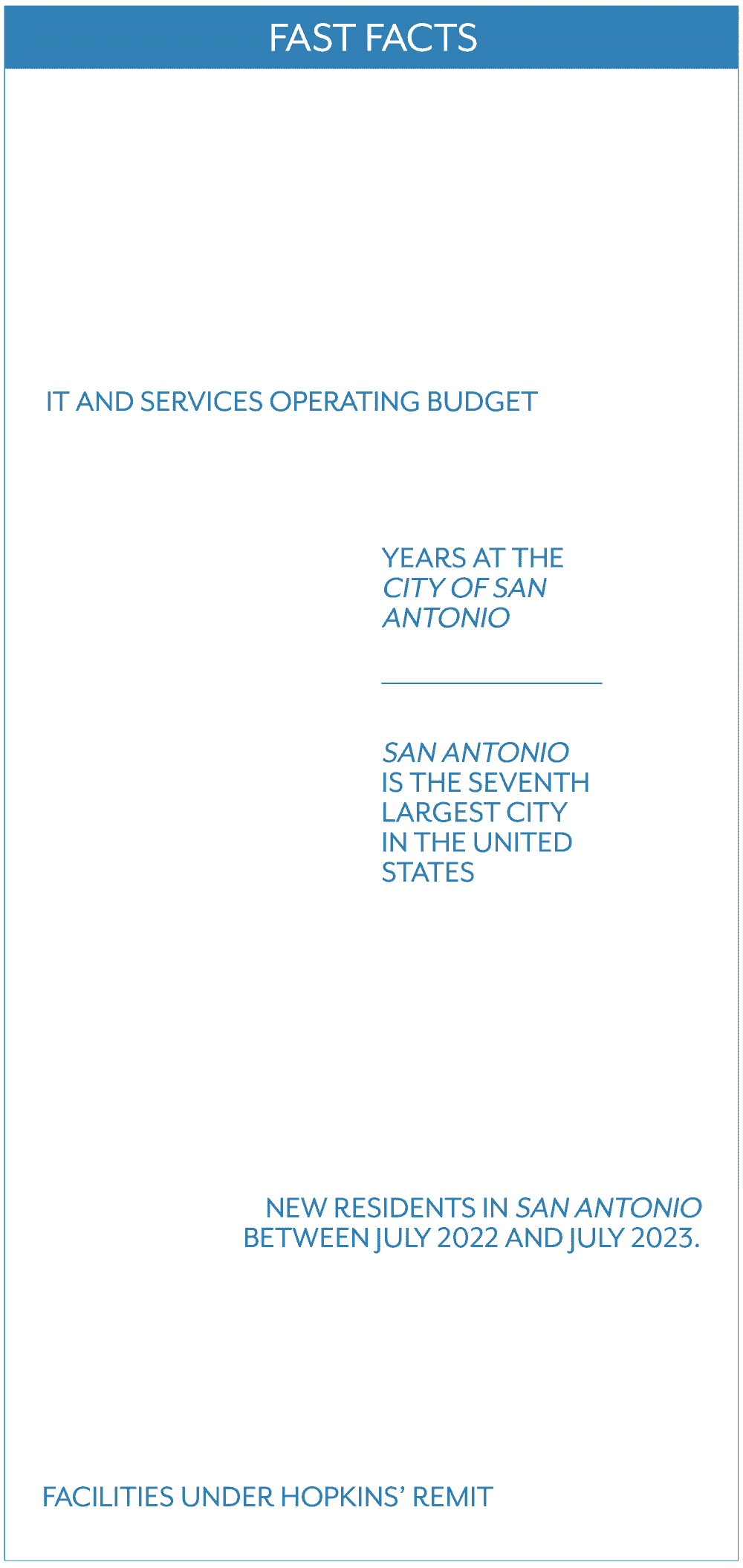
Before rolling out any new technology, Hopkins is searching out those ‘high value areas’ where people can be better trained, policy can be cleaned up and processes can be improved. Only then should technology be applied.
“A lot of folks will do that in reverse, but it doesn’t work that way,” he says. “You have to make the investment in people, process and policy first, support it with the right technology and then it’ll create the scale,” he says.
The second facet of growth is customer experience, or a resident-focused front end.
“As more people move into the city, there’s more need for services and more interaction with these services,” he says. “On that side, we are very focused on the customer experience.”
Resident experience is the key driver of the way that the City of San Antonio sets up its programs.
“We define the experience that we want the resident to have then design from that back into the people, the policy, the processes and then the data and the technology to go with it,” he says.
While in most cases, the end product is a digital experience, Hopkins is also aware of the approximately one quarter of the population who live in a digital divide in the city.
“We know they don’t have access to many of the digital services that others have, so it has to be a face-to-face experience or a neighborhood experience, whatever that may be,” he says. “So we need to understand and empathize with our residents, our constituents and define the experiences that they need first.”
Not only is San Antonio the second largest city in Texas, it’s also the seventh largest in the United States by both population and size, and Hopkins knows it’s impossible to take a one-size-fits-all approach to the city’s residents.


He stresses the importance of having ‘boots on the ground’ to understand the needs of the diverse neighborhoods in the city.
“We also have to get out and be with the residents, we have to meet people who live in those neighborhoods and empathize with them,” he enthuses.
One change the growing population has driven is a diversity in language services, which, until recently, were offered only in English and Spanish.
“We have emerging languages in our city that we haven’t prepared for and, as we go forward, we now need to provide multi-language services,” he explains.
Above all else, however, the focus is on making sure city residents have access to its operations in a digital sense.
“Some of our more rural areas still don’t have access to broadband and there are also neighborhoods embedded in our city that have been underinvested in as well,” he says.
With partners such as AT&T, Hopkins is working to roll out digital connectivity across the breadth of the city. He says there is a very high focus on local partnerships within the government as well.
“Whether it’s the purchase of desktop and laptop computers that we buy from Dell through local providers who manage the process for us, or the local providers that we work with for staff augmentation or solution development, there’s a variety of expertise that we can bring in as resources,” he says.
Hopkins says it is an absolute priority to invest in San Antonio as much as possible. “We don’t do any overseas operations resourcing and I don’t see that in the future for us,” he says.
The wealth of talent in the city makes such targets attainable. “The beauty of San Antonio is that it’s a military town, so there’s a lot of expertise. It’s also a big cyber town, so there’s a lot of talent here as well.”

That doesn’t mean that his department doesn’t face competition from other government departments or large companies for these local resources – but with a dedication to local partnerships for resourcing top of its sourcing strategy, the IT department is one of the biggest contributors to the City of San Antonio hitting its local overall sourcing targets.
Hopkins has also learned that the diligent procurement process builds strong relationships. “You don’t go through that just for a one-off purchase order,” he says. “You go through that to become a strategic partner.”
One core focus has been to consolidate its partner and application inventory into core platforms, and the department has reduced from 1600 to under 600 business applications since he started. Principle partners include San Antonio’s Computer Solutions, along with Axon Enterprise, SAP Public Services, BMC Software – RightStar and Verint systems.
“We have partners, whether vendors or software providers or local private businesses, who we have committed to long-term relationships with,” he explains. “That means we’re part of their product engineering conversation. We’re part of their strategy and development and they are embedded with us in understanding what we’re trying to solve for the city.”
Another key partnership model is with local universities, such as the University of Texas at San Antonio.
“We have created a relationship with its School of Data Science where we can do research directly with them,” he adds.
Providing superior security to the city is part of the IT department’s remit. “As part of the security model, we built what we call the ARSOC – Alamo Regional Security Operations Center,” he says.
“It’s a physical security operations center on Port San Antonio where the cyber team and network team are housed. The intent of this model is to provide mutual aid collaboration with all municipal government agencies in San Antonio.
“At this point we have over 20 other municipal agencies partnered with us in that facility, both virtually and physically, where we can share intel, train and do cyber range training together.”
In the event of an attack, he says the team all activate together, even if one person is attacked but the others are not. “Again, it’s this concept of one team, one mission. Most of the other municipal agencies have very small IT teams so we can leverage the larger team to fight together,” he says.
“The City of San Antonio happens to have a larger cyber team, so we provide support to all of them when they find something and we can work together in both a physical and virtual environment.
“I’ve only seen one other model like that, but now the state of Texas and several other agencies are trying to copy it as an example of a joint agency, mutual aid model.”
This research can take the form of demographic marketing, or a more ‘solution-specific’ piece of research.
“We also have a lab that we’re working with where we can send data to their lab and they let their professors examine our data and help us with our ideas,” he continues. “That creates the potential for many more partnerships, too, because they work with local private businesses from the research perspective in the university.”
The department also works with private firms in other ways. “We have a smart cities program, an emerging tech portfolio where we basically do research in prototypes. We’ll put a problem out, we’ll put a hypothesis around it and we’ll ask who wants to come in and prototype their ideas so we can see it,” he says.
Not all of them work, but some turn into projects that are procured and rolled out.
Such a broad scope of relationships is particularly important considering the department does little development in-house.
“We’re mostly a COTS (Commercial-Off-the-Shelf) software package shop,” he says. “We do some custom development, but primarily we go out and buy software packages in the market to solve business problems and our job is to integrate and build core platforms from that.
“In that sense, we need to have strong private partnerships in both the software community, but also in the research and prototype community where we’re always looking for new ideas.”
Hopkins says one of the factors that sets his department apart is its ability to problem solve working backward.
“It would be very easy for us to talk to a vendor and then decide to purchase their software,” he explains. “But we look at the problem we’re trying to solve or the experience we are trying to create, and then work back from there.”
He says the skill set is more business analyst than traditional IT – and it’s an expertise that he’s been very impressed to see inside the team. “That shows that we’re doing the right thing for our city and our residents,” he says.
People are what he says makes the department unique, and what makes his role easier. “We have an incredibly strong and dedicated technical staff,” he says.
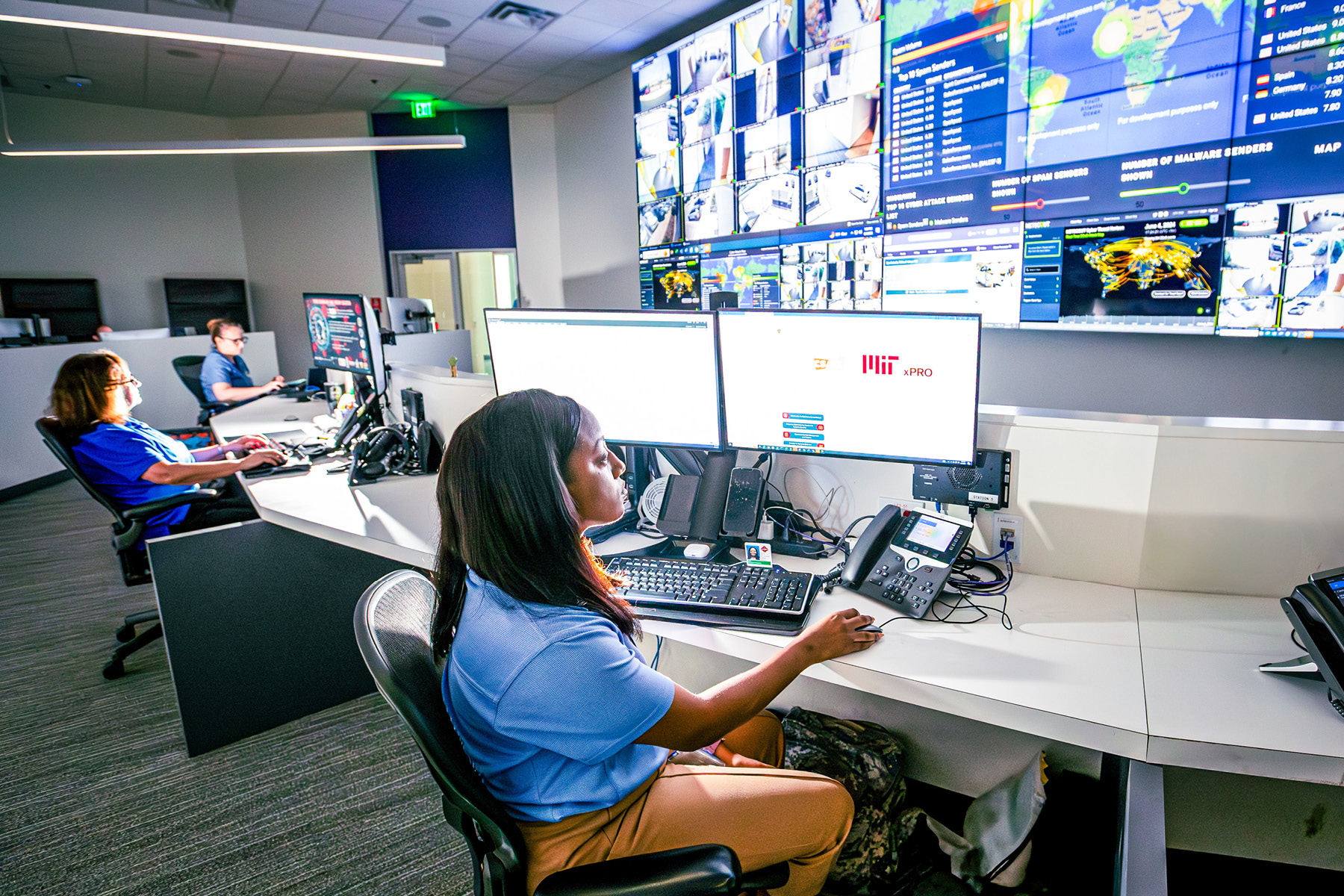

From day one, he hasn’t had to be the ‘technical guy’. “The beauty of that is, and the advice I give folks is if you’re going to be asked to play this broad CIO role, there’s no way you can do that and be the technical expert,” he explains.
“You need to have a very strong technical team that knows their verticals, knows how to run them, and you have to be willing to know that they’re smarter than you and you have to listen to them. They call the ball in their verticals.”
It’s a framework that also generates a culture of trust. “That is the foundation of running a great team. It allows me to lead from whatever position I need to lead from – or the team needs me to lead from.”
Sometimes that might be from the front, but most of the time Hopkins leads from the rear.
“I’m there to support them. They’re pushing, I’m providing a support structure for them or a little tap on the shoulder. But, of course, when the you-know-what hits the fan, I’m in the front, because that’s my job,” he says.
“My job is to take care of the people first. That concept is built into our culture.”
The other leadership mantra he follows comes from his time in the military, and retired United States Army General Stanley McChrystal: one team, one mission.
“In the military, it’s not just about your individual department or function,” he says. “It’s understanding how we’re going to operate as one team, not individuals, and that we are clearly driven by one mission.”
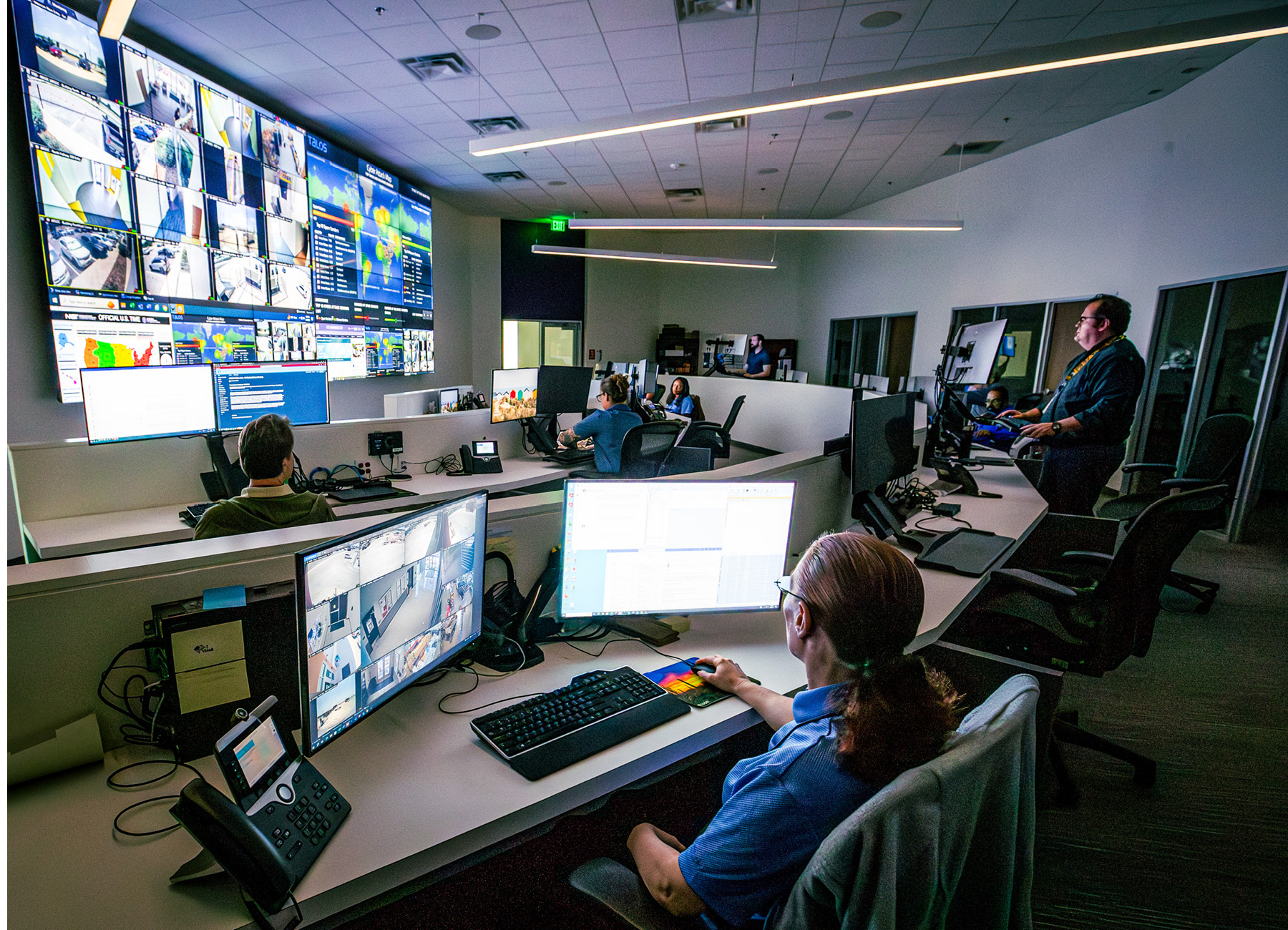

He says weekly Joint Operation Forum meetings and open communication allows his team to feel like they’re built into their individual teams.
“But they always feel like they’re part of one bigger team with one bigger mission as we go forward,” he explains.
This unity is one of Hopkin’s biggest drivers in the role as he looks to lead the digital transformation of the City of San Antonio.
“The 42 department peers I work with are constantly teaching me and I’m constantly teaching them. We’re always building strategy and solving problems together,” he says.
“It’s an ongoing process, it’s not a one and done,” Hopkins adds – an apt summary of his journey as CIO at the City of San Antonio, too.
